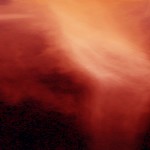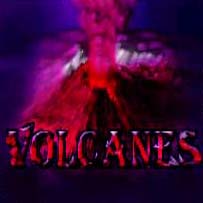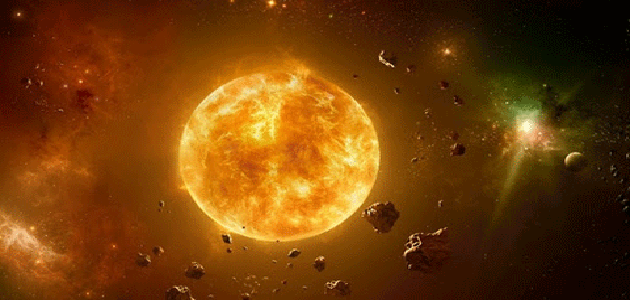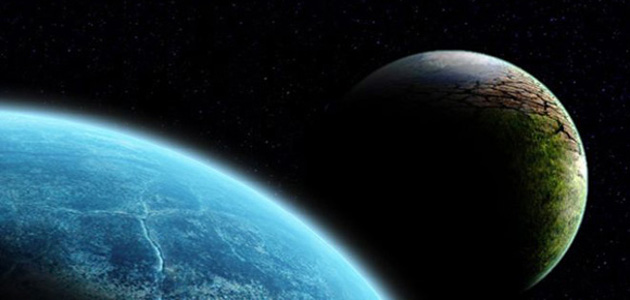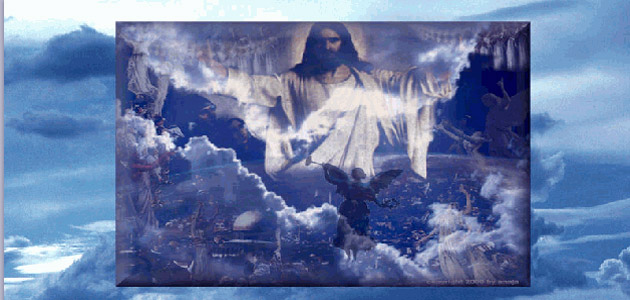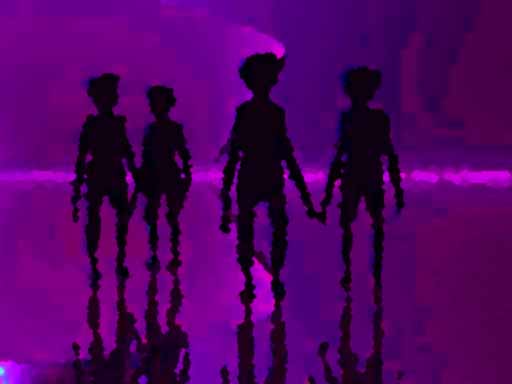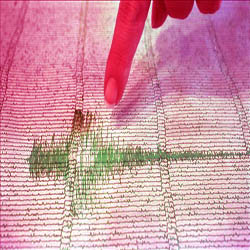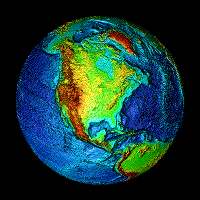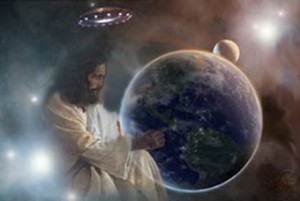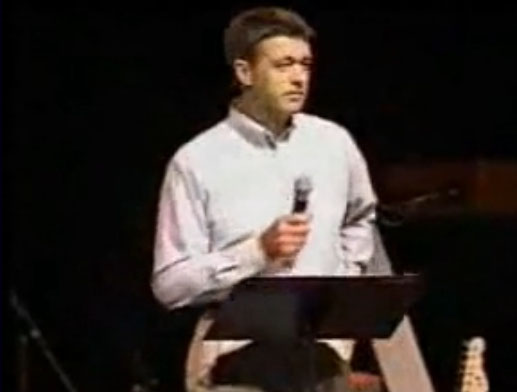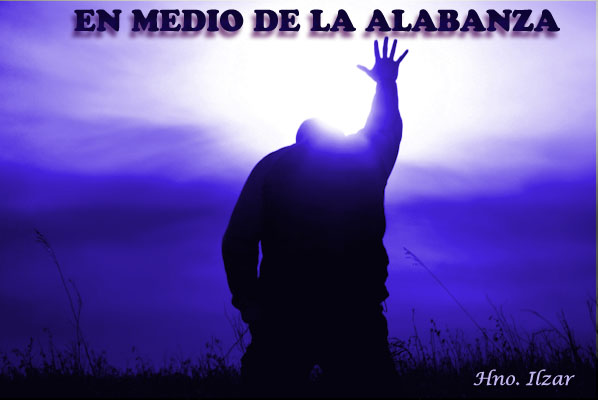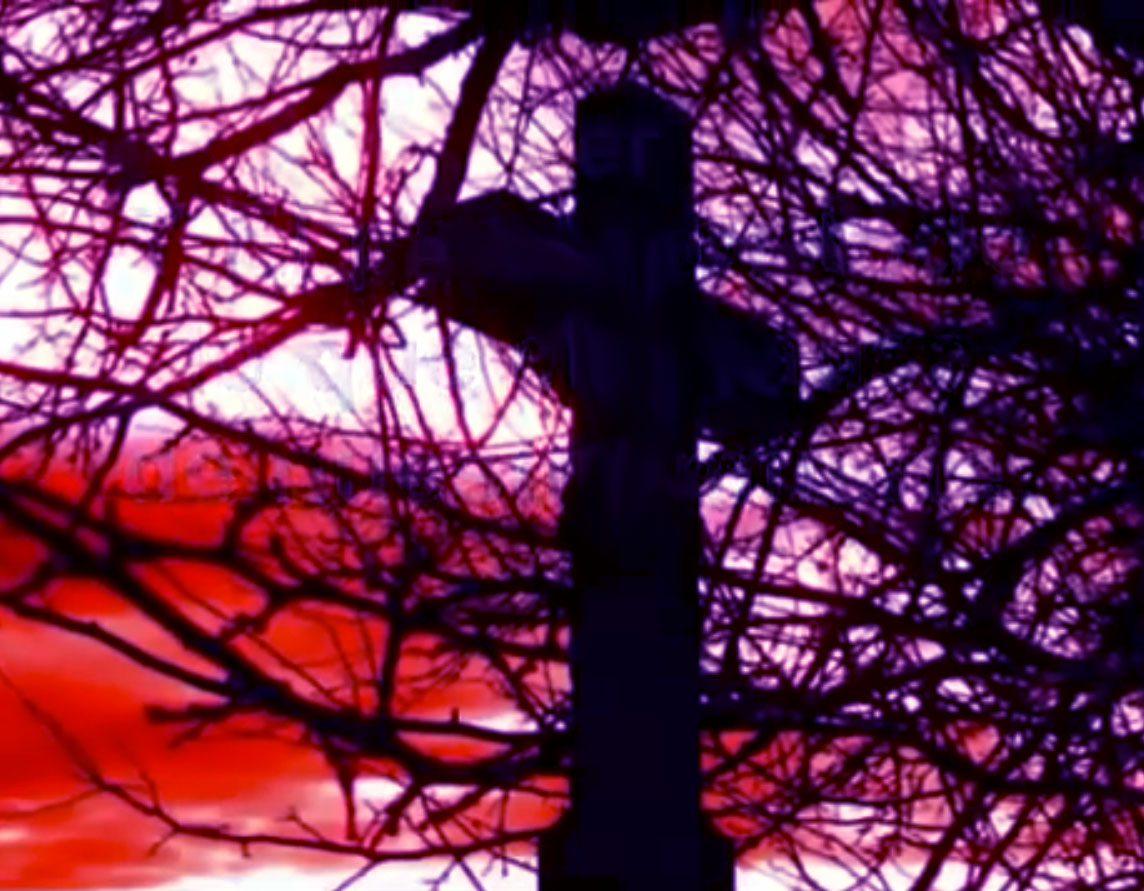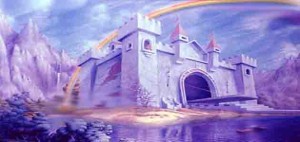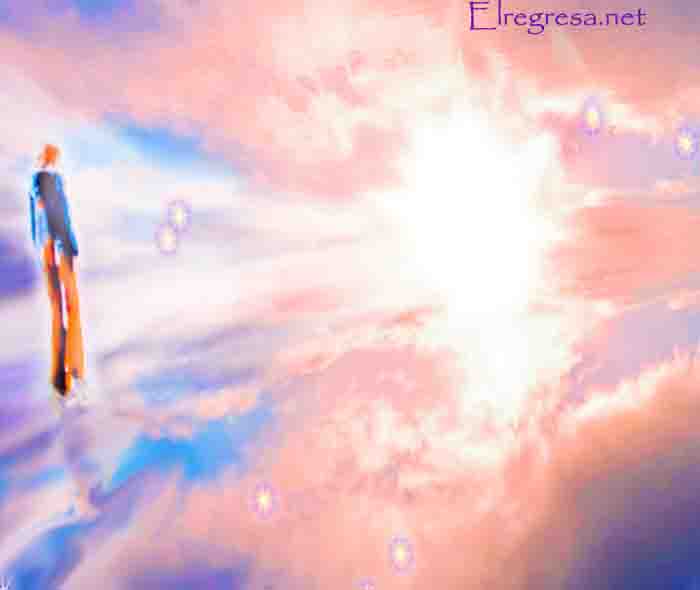Posted by PuertoMadero in asides, Blog, Featured Articles | 0 Comentarios
Magma debajo del super Volcan de Yellowstone está “aumentando”, y los científicos advierten que una erupción devastaría todo el planeta.
Magma debajo del super Volcan de Yellowstone está “aumentando”, y los científicos advierten que una erupción
devastaría todo el planeta.
Magma Under The Yellowstone Supervolcano Is “Rising”, And Scientists Warn That An Eruption Would Devastate The Entire Planet
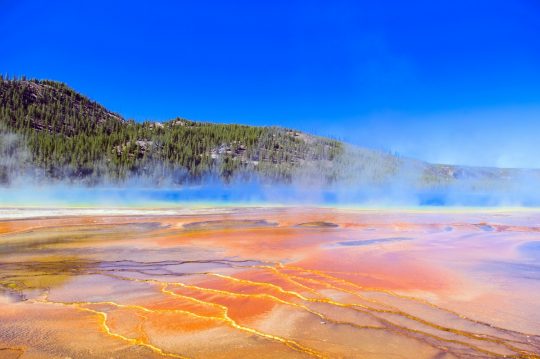 Could it be possible that a full-blown eruption of the Yellowstone supervolcano is not too far away? All over the world seismic activity has been increasing in recent years, and this process seems to have accelerated during the early days of 2019. In particular, quite a few once dormant volcanoes are springing to life again, and this has many concerned about what could potentially happen at Yellowstone. Of course Yellowstone has never been “dormant”, but there have been new signs of life over the past six months. Entirely new geysers have sprung out of the ground, Steamboat Geyser has been the most active that it has been in decades, and some geysers have even been shooting “debris and rocks” into the sky. And now we are being told that “a 465-mile-long piece of molten rock” is “rising” directly under Yellowstone…
Could it be possible that a full-blown eruption of the Yellowstone supervolcano is not too far away? All over the world seismic activity has been increasing in recent years, and this process seems to have accelerated during the early days of 2019. In particular, quite a few once dormant volcanoes are springing to life again, and this has many concerned about what could potentially happen at Yellowstone. Of course Yellowstone has never been “dormant”, but there have been new signs of life over the past six months. Entirely new geysers have sprung out of the ground, Steamboat Geyser has been the most active that it has been in decades, and some geysers have even been shooting “debris and rocks” into the sky. And now we are being told that “a 465-mile-long piece of molten rock” is “rising” directly under Yellowstone…
SCIENTISTS are closely monitoring a 465-mile-long piece of molten rock rising below the Yellowstone caldera, a bombshell documentary has revealed.
The supervolcano, located in Yellowstone National Park, has erupted three times in history – 2.1 million years ago, 1.2 million years ago and 640,000 years ago. Volcanoes typically blow when molten rock, known as magma, rises to the surface following the Earth’s mantle melting due to tectonic plates shifting. However, geologists have revealed how Yellowstone’s magma chamber, which sits on top of the magma plume, is slowly rising each year.
Hopefully nothing major will happen at Yellowstone for a very long time.
But experts assure us that another full-blown eruption will take place one day, and when it does, it could potentially create a global “volcanic winter” which would make growing crops almost impossible and ultimately cause horrific global famines. The following quote comes from Dr. Christopher Kilburn…
“As a result of which, the amount of sunlight reaching the surface of the earth drops and, as a consequence of that, it will trigger what is called a volcanic winter in that the temperatures never get a chance to recover.
“So you go through winter, the ash veil prevents the sun from warming up the earth seasonally so you just get continued winters which might trigger, ultimately, extensive ice coverage.”
If Yellowstone were to erupt today, none of our lives would ever be the same again from that moment on.
We are talking about a disaster that is on a scale that most of us couldn’t even imagine, and it would instantly render most of the country completely uninhabitable. The following is an extended excerpt from one of my previous articles about Yellowstone…
I would like to try to describe for you what a full-blown eruption of the Yellowstone supervolcano would mean for this country.
Hundreds of cubic miles of ash, rock and lava would be blasted into the atmosphere, and this would likely plunge much of the northern hemisphere into several days of complete darkness. Virtually everything within 100 miles of Yellowstone would be immediately killed, but a much more cruel fate would befall those that live in major cities outside of the immediate blast zone such as Salt Lake City and Denver.
Hot volcanic ash, rock and dust would rain down on those cities literally for weeks. In the end, it would be extremely difficult for anyone living in those communities to survive. In fact, it has been estimated that 90 percent of all people living within 600 miles of Yellowstone would be killed.
Experts project that such an eruption would dump a layer of volcanic ash that is at least 10 feet deep up to 1,000 miles away, and approximately two-thirds of the United States would suddenly become uninhabitable. The volcanic ash would severely contaminate most of our water supplies, and growing food in the middle of the country would become next to impossible.
In other words, it would be the end of our country as we know it today.
The rest of the planet, and this would especially be true for the northern hemisphere, would experience what is known as a “nuclear winter”. An extreme period of “global cooling” would take place, and temperatures around the world would fall by up to 20 degrees. Crops would fail all over the planet, and severe famine would sweep the globe.
In the end, billions could die.
Scientists are constantly monitoring Yellowstone for potential signs of an eruption, but the truth is that a major disaster of this magnitude would probably come with little or no warning.
It is undeniable that in recent months there have been signs of increased activity at Yellowstone. That doesn’t mean that an eruption is imminent, but without a doubt it should be a cause for concern.
And this is especially true considering all of the shaking that we are seeing elsewhere around the globe. Just within the past few days we have seen a magnitude 4.1 earthquake hit California and a magnitude 5.1 earthquake near Anchorage, Alaska. The latter one definitely shook a lot of people up…
Residents took to earthquake monitoring site EMSC to share their experiences. One said: “Long and big. Significant anxiety spike!
Another added: “That was scary. Hard quake.”
We are not even to the middle of January, and there have already been more than 100 significant earthquakes in Alaska so far this year.
That is not normal.
Our planet appears to be going through some major changes, and many believe that all of this seismic activity is an indication that things are about to become quite apocalyptic. I am personally of the opinion that we are going to continue to see a rise in the number of earthquakes and that we are going to continue to see a rise in the number of volcanic eruptions.
As I have said before, the shell of our planet is cracked, and we are just floating on the pieces. Now those pieces appear to be getting increasingly unstable, and that is going to affect us in ways that most people cannot even imagine right now.
About the author: Michael Snyder is a nationally-syndicated writer, media personality and political activist. He is the author of four books including Get Prepared Now, The Beginning Of The Endand Living A Life That Really Matters. His articles are originally published on The Economic Collapse Blog, End Of The American Dream and The Most Important News. From there, his articles are republished on dozens of other prominent websites. If you would like to republish his articles, please feel free to do so. The more people that see this information the better, and we need to wake more people up while there is still time.
==========================
TRADUCTOR GOOGLE:
==========================
Magma Under The Yellowstone Supervolcano está “aumentando”, y los científicos advierten que una erupción devastaría todo el planeta
Compartir
Pío
Suscribir
¿Podría ser posible que una erupción en toda regla del supervolcán de Yellowstone no esté muy lejos? En todo el mundo, la actividad sísmica ha estado aumentando en los últimos años, y este proceso parece haberse acelerado durante los primeros días de 2019. En particular, muchos volcanes una vez latentes están volviendo a la vida nuevamente, y esto ha preocupado a muchos lo que podría potencialmente suceda en Yellowstone. Por supuesto, Yellowstone nunca ha estado “inactivo”, pero ha habido nuevos signos de vida en los últimos seis meses. Han surgido géiseres totalmente nuevos, Steamboat Geyser ha sido el más activo que ha estado en décadas, y algunos géiseres incluso han estado disparando “escombros y rocas” al cielo. Y ahora se nos dice que “un pedazo de roca fundida de 465 millas de largo” está “elevándose” directamente debajo de Yellowstone …
CIENTÍFICOS están siguiendo de cerca un pedazo de roca fundida de 465 millas de largo que se eleva debajo de la caldera de Yellowstone, según reveló un documental sobre una bomba.
El supervolcán, ubicado en el Parque Nacional Yellowstone, ha entrado en erupción tres veces en la historia: hace 2.1 millones de años, hace 1.2 millones de años y hace 640.000 años. Los volcanes normalmente vuelan cuando la roca fundida, conocida como magma, sube a la superficie después de que el manto de la Tierra se derrita debido al desplazamiento de las placas tectónicas. Sin embargo, los geólogos han revelado cómo la cámara de magma de Yellowstone, que se encuentra en la parte superior de la columna de magma, está aumentando lentamente cada año.
Esperemos que nada importante suceda en Yellowstone durante mucho tiempo.
Pero los expertos nos aseguran que otro día se producirá otra erupción en toda regla, y cuando lo haga, podría crear un “invierno volcánico” global que haría casi imposible el cultivo de cultivos y, en última instancia, causar terribles hambres globales. La siguiente cita viene del Dr. Christopher Kilburn …
“Como resultado, la cantidad de luz solar que llega a la superficie de la tierra disminuye y, como consecuencia de ello, activará lo que se llama un invierno volcánico en el que las temperaturas nunca tendrán la oportunidad de recuperarse.
“Así que pasas el invierno, el velo de ceniza evita que el sol caliente la tierra por temporada, por lo que solo tienes inviernos continuos que podrían desencadenar, en última instancia, una extensa cobertura de hielo”.
Si Yellowstone fuera a estallar hoy, ninguna de nuestras vidas volvería a ser igual a partir de ese momento.
Estamos hablando de un desastre que está en una escala que la mayoría de nosotros ni siquiera podríamos imaginar, e instantáneamente haría que la mayor parte del país sea completamente inhabitable. El siguiente es un extracto extendido de uno de mis artículos anteriores sobre Yellowstone …
Me gustaría tratar de describirles lo que significaría para este país una erupción completa del supervolcán de Yellowstone.
Cientos de millas cúbicas de ceniza, roca y lava serían arrastradas a la atmósfera, y esto probablemente hundiría gran parte del hemisferio norte en varios días de completa oscuridad. Prácticamente todo lo que se encuentre a menos de 100 millas de Yellowstone se mataría de inmediato, pero un destino mucho más cruel les sobrevendría a aquellos que viven en las principales ciudades fuera de la zona de explosión inmediata, como Salt Lake City y Denver.
Cenizas volcánicas calientes, rocas y polvo lloverían en esas ciudades literalmente durante semanas. Al final, sería extremadamente difícil para cualquier persona que viva en esas comunidades sobrevivir. De hecho, se ha estimado que el 90 por ciento de todas las personas que viven a menos de 600 millas de Yellowstone serían asesinadas.
Los expertos proyectan que tal erupción arrojaría una capa de ceniza volcánica que tiene al menos 10 pies de profundidad hasta 1,000 millas de distancia, y aproximadamente dos tercios de los Estados Unidos de repente se volverían inhabitables. La ceniza volcánica contaminaría gravemente la mayor parte de nuestros suministros de agua, y el cultivo de alimentos en el centro del país se volvería casi imposible.
En otras palabras, sería el fin de nuestro país como lo conocemos hoy.
El resto del planeta, y esto sería especialmente cierto para el hemisferio norte, experimentaría lo que se conoce como un “invierno nuclear”. Se llevaría a cabo un período extremo de “enfriamiento global”, y las temperaturas en todo el mundo caerían hasta 20 grados. Las cosechas fallarían en todo el planeta y la hambruna severa barrería el mundo.
Al final, miles de millones podrían morir.
Los científicos monitorean constantemente a Yellowstone para detectar posibles signos de una erupción, pero la verdad es que un gran desastre de esta magnitud probablemente vendrá con poca o ninguna advertencia.
Es innegable que en los últimos meses ha habido signos de mayor actividad en Yellowstone. Eso no significa que una erupción sea inminente, pero sin lugar a dudas debería ser motivo de preocupación.
Y esto es especialmente cierto teniendo en cuenta todos los temblores que estamos viendo en otras partes del mundo. En los últimos días, hemos visto un terremoto de magnitud 4.1 azotando a California y un terremoto de magnitud 5.1 cerca de
Anchorage, Alaska. El último definitivamente sacudió a mucha gente …
Los residentes llevaron al sitio de monitoreo de terremotos EMSC para compartir sus experiencias. Uno dijo: “Largo y grande. Ancho significativo de ansiedad!
Otro agregó: “Eso fue aterrador. Terremoto duro “.
Ni siquiera estamos a mediados de enero, y ya ha habido más de 100 terremotos significativos en Alaska en lo que va de año.
Eso no es normal.
Parece que nuestro planeta está pasando por algunos cambios importantes, y muchos creen que toda esta actividad sísmica es una indicación de que las cosas están a punto de volverse bastante apocalípticas. Personalmente, opino que vamos a seguir viendo un aumento en el número de terremotos y que vamos a seguir viendo un aumento en el número de erupciones volcánicas.
Como he dicho antes, la cáscara de nuestro planeta está agrietada, y simplemente estamos flotando en las piezas. Ahora parece que esas piezas se están volviendo cada vez más inestables, y eso nos afectará de maneras que la mayoría de las personas ni siquiera pueden imaginar en este momento.
Acerca del autor: Michael Snyder es un escritor nacional, personalidad de los medios de comunicación y activista político. Es autor de cuatro libros que incluyen Prepararse ahora, El principio del fin y Vivir una vida que realmente importa. Sus artículos se publicaron originalmente en The Economic Collapse Blog, End Of The American Dream y The Most Important News. A partir de ahí, sus artículos se vuelven a publicar en docenas de otros sitios web prominentes. Si desea volver a publicar sus artículos, no dude en hacerlo. Mientras más personas vean esta información, mejor, y necesitamos despertar a más personas mientras aún haya tiempo.
